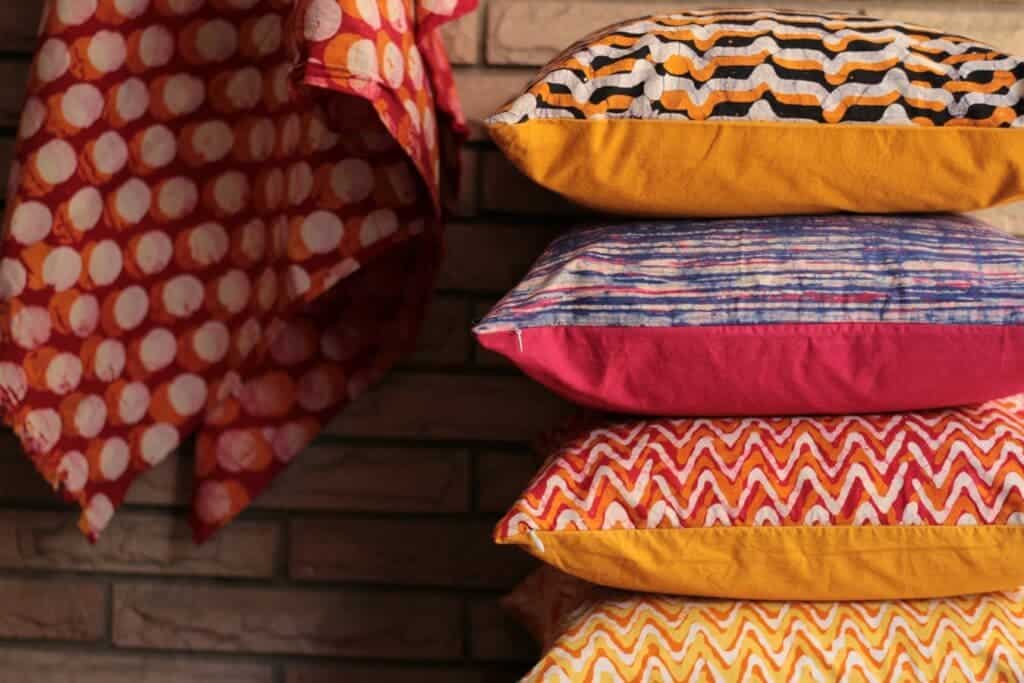Getting a solid night’s sleep is the foundation of any good day. Here’s how a bamboo pillow can play into that.

Bamboo pillows are touted as a much more cooling and comfortable alternative that would help us rest — and while there’s not much research into bamboo pillows, many users swear by them.
So, what exactly are bamboo pillows and do they work as advertised? Let’s find out.
Grassy covering
Bamboo pillows aren’t actually made of bamboo. They’re generally stuffed with memory foam like other pillows, but their coverings are made of bamboo fibers. These fibers are produced from the leaves and trunks of the plant. They’re naturally hollow so they channel moisture and heat away as you lay down on them.
According to WebMD, they’re also antibacterial and hypoallergenic, meaning they’re less likely to cause an allergic reaction than default pillows and they harbor fewer bacteria (which is healthier for your skin and prevents foul odors). Users further report that the bamboo coverings are soft, comfortable, doesn’t hold static, and that it’s easy to wash and care for. For example, a bamboo vs silk pillowcase is much less prone to wrinkling in the wash.
They’re also quite good from a sustainability point a view. Bamboo takes in more carbon dioxide pound for pound than trees, meaning a bamboo pillowcase can act as a small-scale carbon deposit (which helps with the climate). The plants themselves also give out much more oxygen than trees, proportionally to their intake of CO2.
Bamboo grows quite fast — in fact, it’s one of the fastest-growing plants in the world. It can be planted and harvested quickly, which translates to a lower environmental impact (as less land needs to be cleared for farms). Bamboo is a pretty unfussy plant that typically gets enough water from rain and doesn’t need pesticides, so growing it isn’t very complicated or expensive. Processing it into the finished material is pretty cheap.
What are the advantages?
So far we’ve seen that there’s a sustainability and economy case to be made for bamboo pillows. But as with any product, the user’s experience is what matters. They do well here, as well.
As we’ve said already, bamboo is naturally antibacterial, a very desirable quality for anything that will be touching your face for a whole night. Researchers have determined that all parts of the bamboo plants are antimicrobial to some degree, most likely due to the high concentrations of lignin in bamboo tissues. Lignin is the polymer that plants such as trees use to grow strong and woody. This lignin is pulped during the processing phase and makes its way into the spun, final fibers that will then make a pillow casing.
Bamboo fibers are considered hypoallergenic as they come into contact with very few chemicals during the processing phase, so there’s less of a risk for them to carry over into the casing and cause problems. Bamboo pillows are gentler on the skin, limiting exposure to bacteria due to their antimicrobial properties (which helps with acne and other issues) as well as being less abrasive due to their wrinkle-resistant nature and smooth surface.
That being said, why isn’t everyone using a bamboo pillow? Part of it is availability and exposure: there is some evidence that bamboo has been used since ancient times (in areas where it is naturally available) to make goods, possibly even pillows or pillow casings, but it’s relatively uncommon today. That there is also little research covering these pillows available today, which makes it hard to say for sure what their properties are despite user feedback (anecdotal evidence, or ‘hearsay’, is notoriously unreliable). Finally, different manufacturers use different processes, materials, and designs when producing bamboo pillows. Naturally, these factors have a huge impact on the quality and proprieties of the finished product with some potentially not-pleasant results.
So if you’re thinking of buying such pillows, make sure to research the brand beforehand and ask for verifiable third-party certifications regarding their manufacture and safety of use. A little bit of effort put in before the purchase can ensure that you get a quality, safe, comfortable product.






